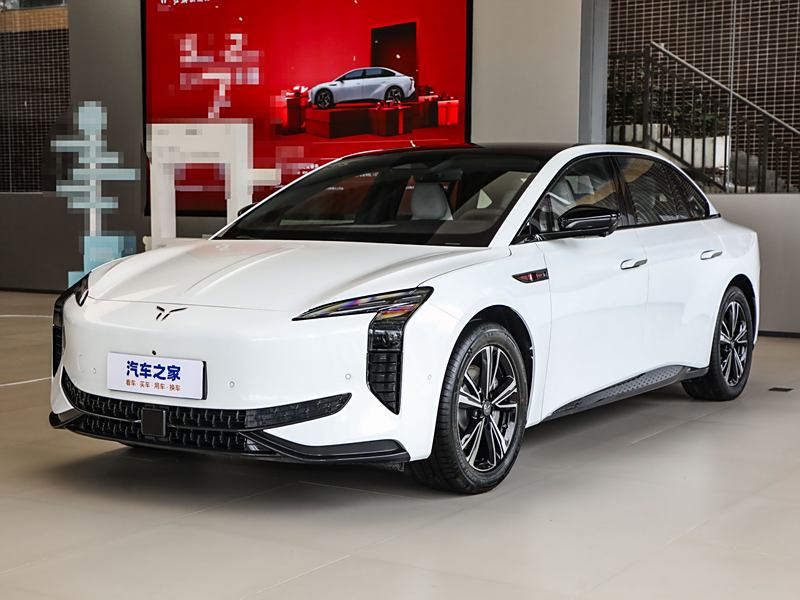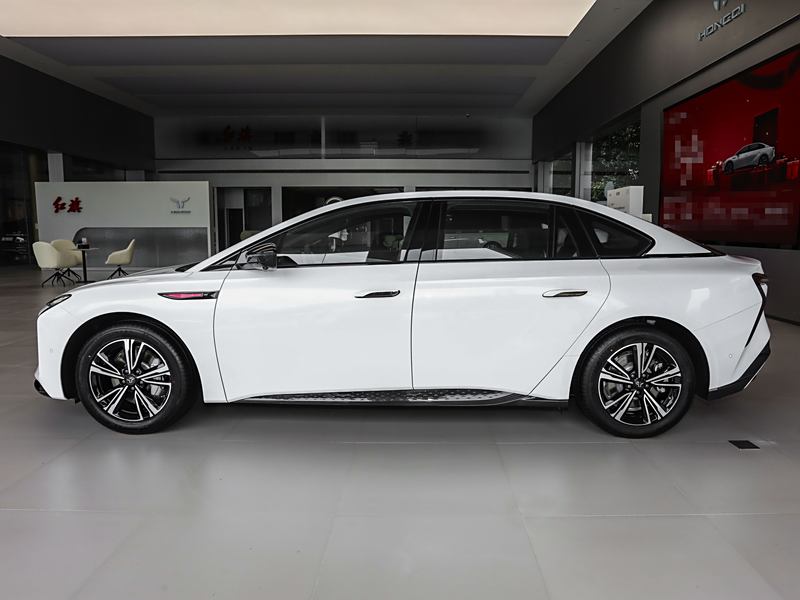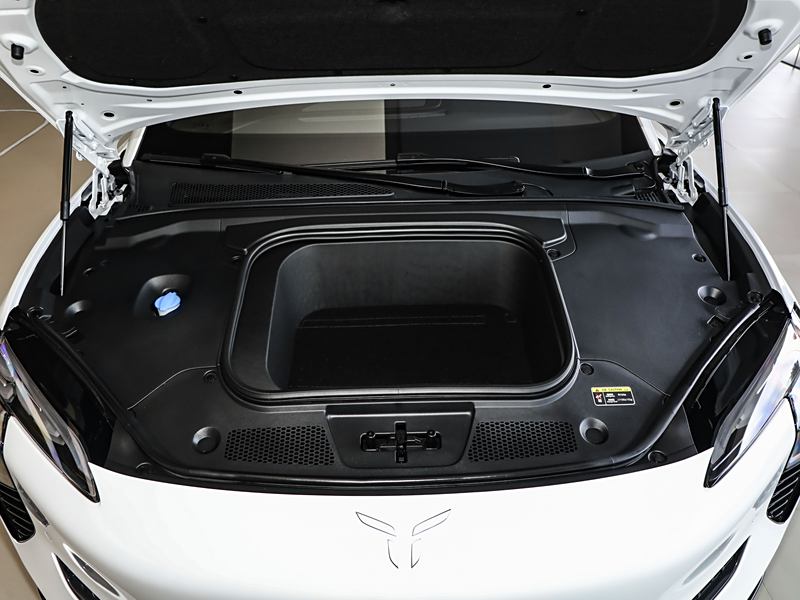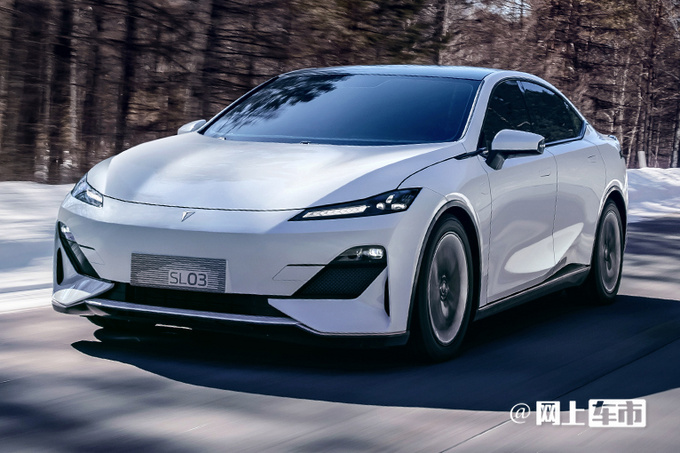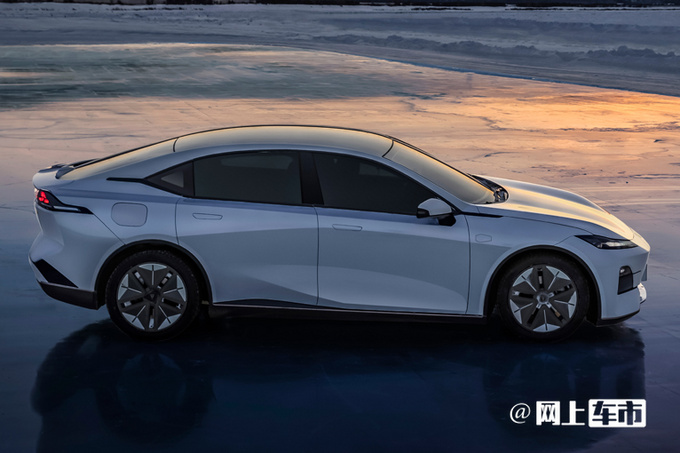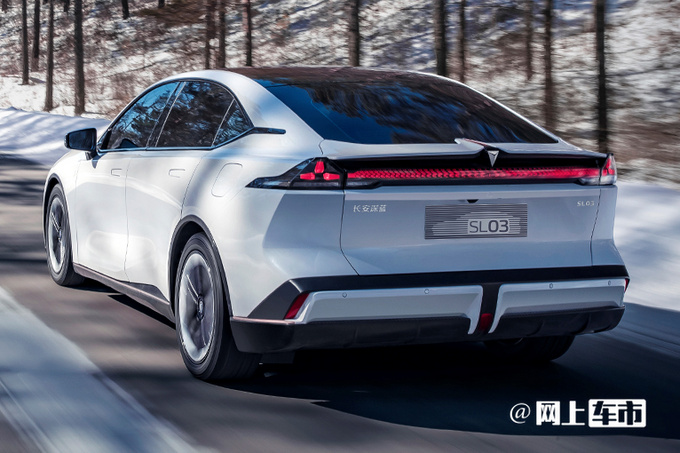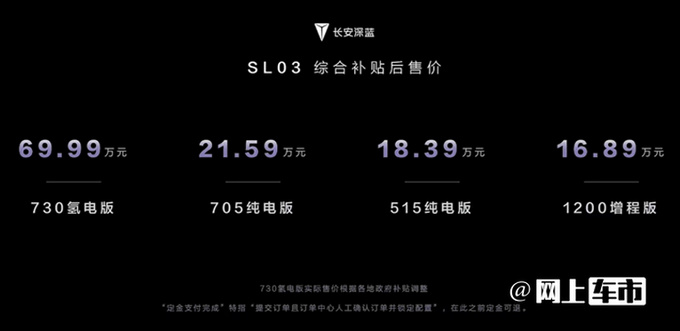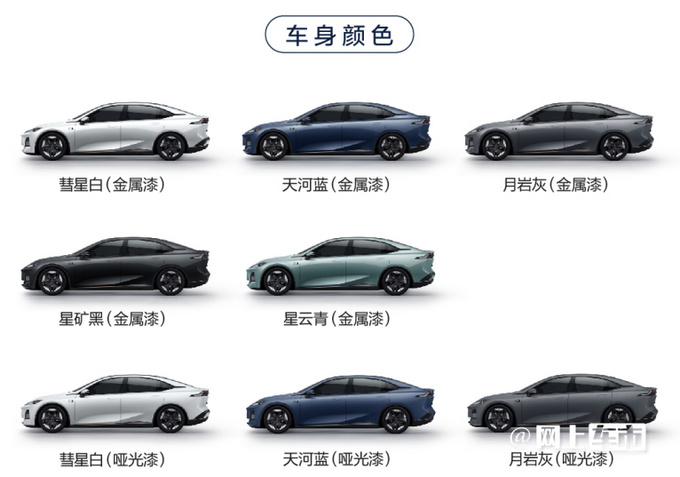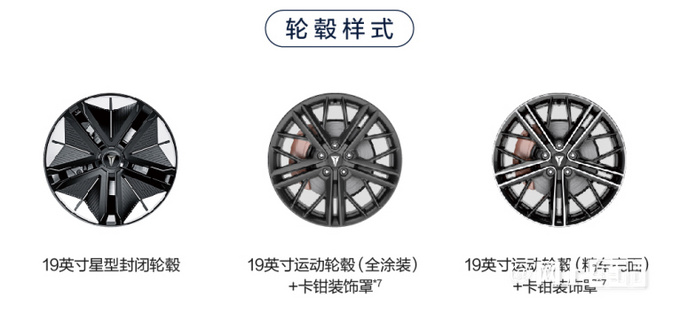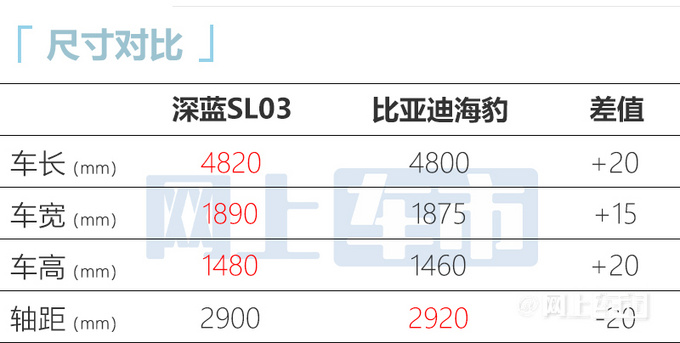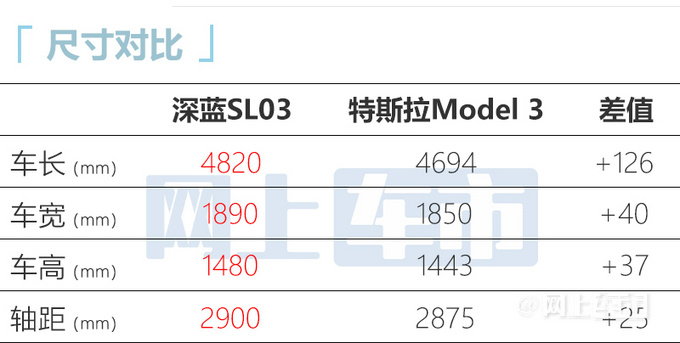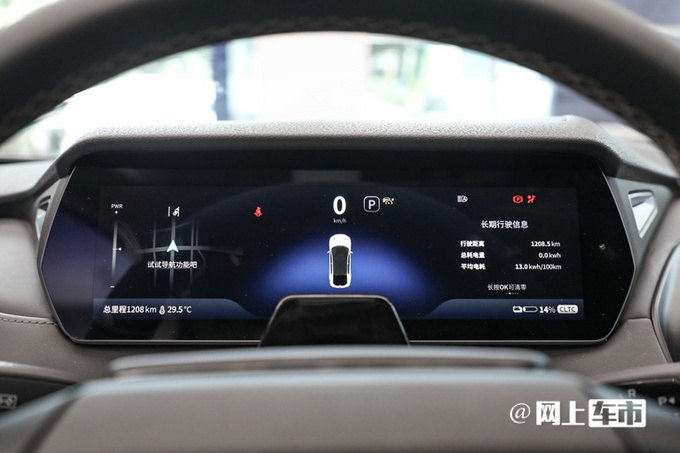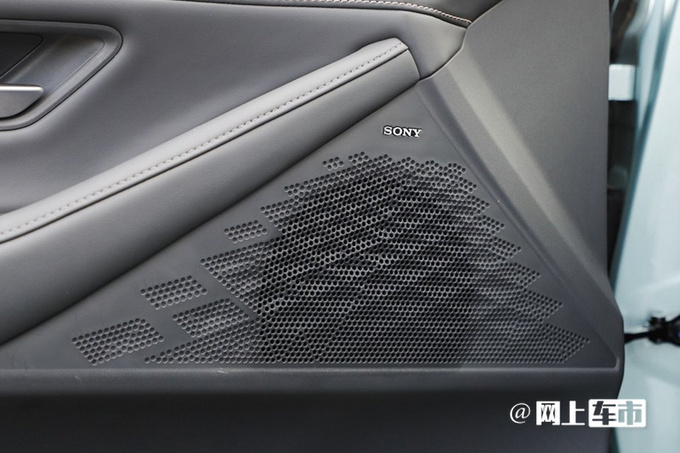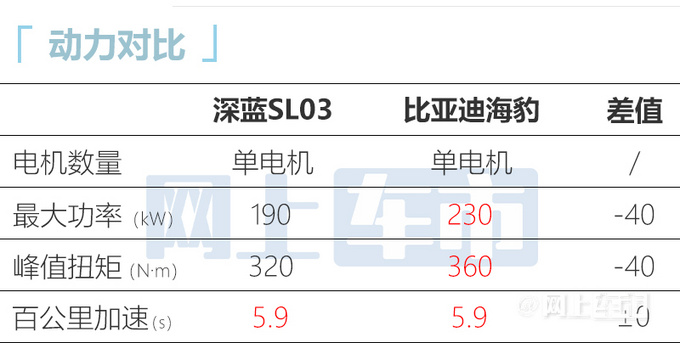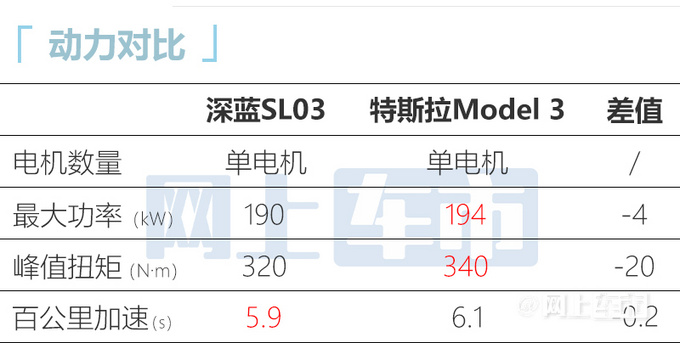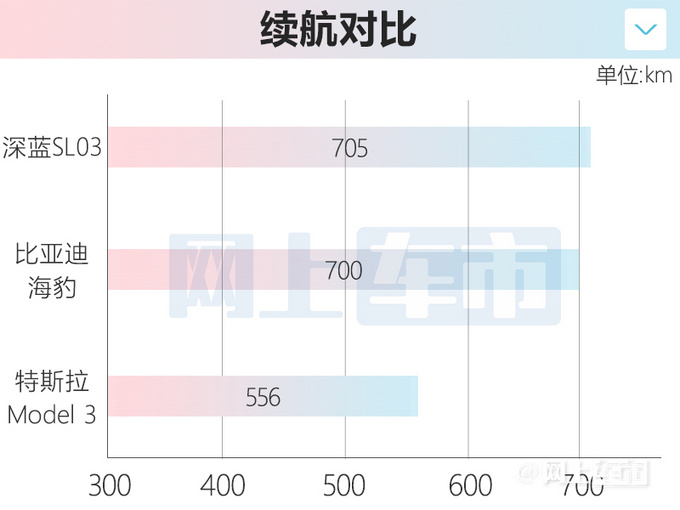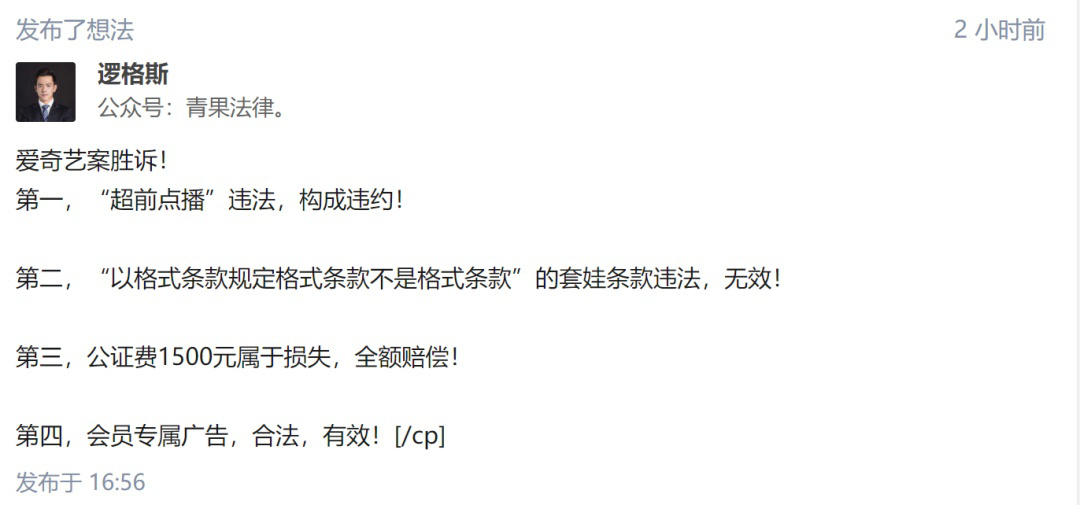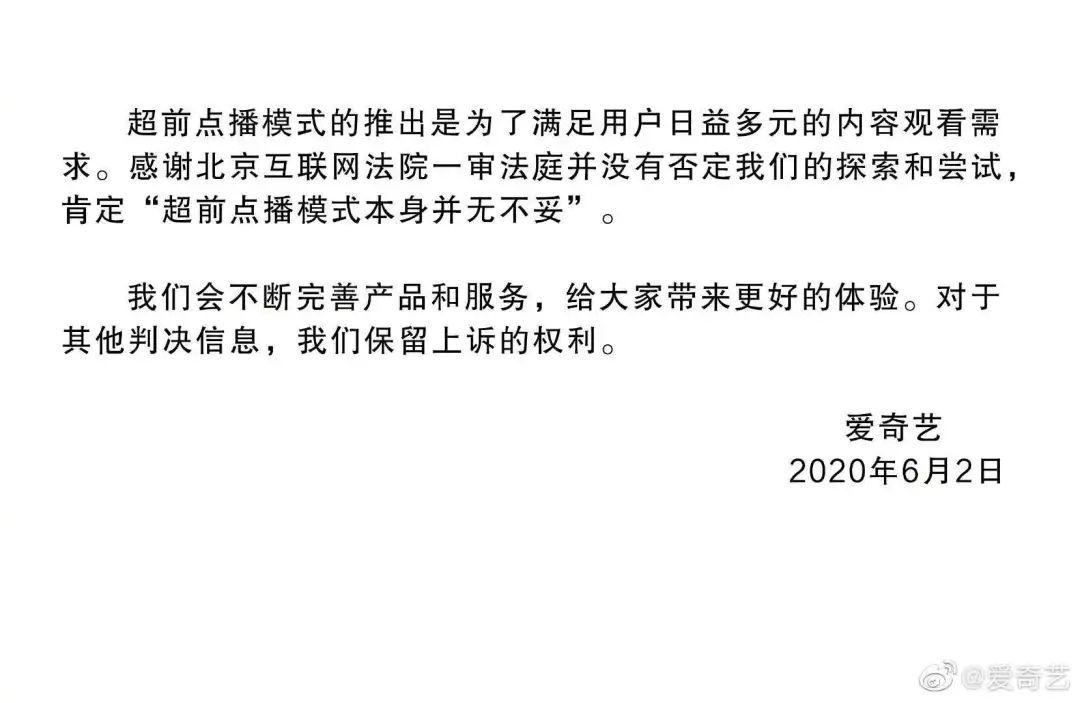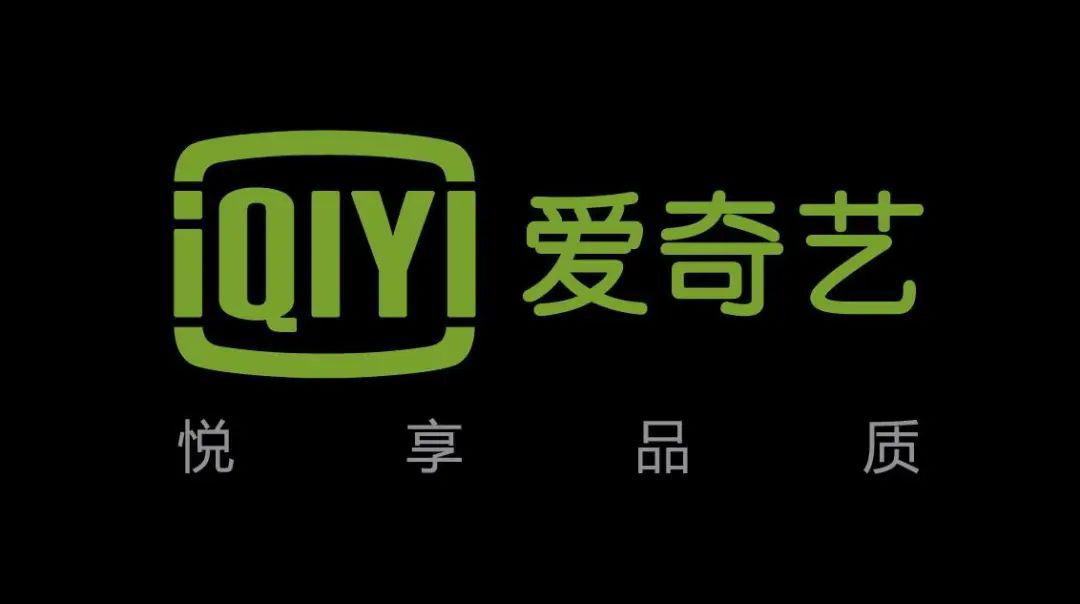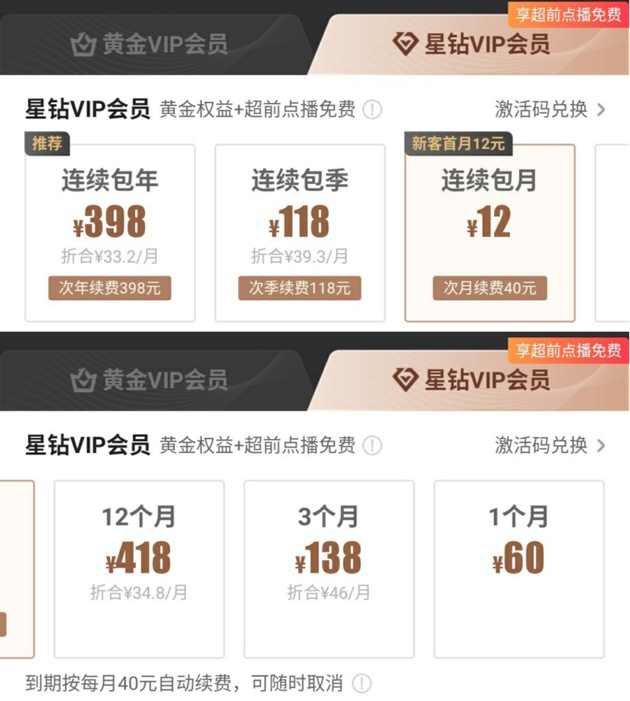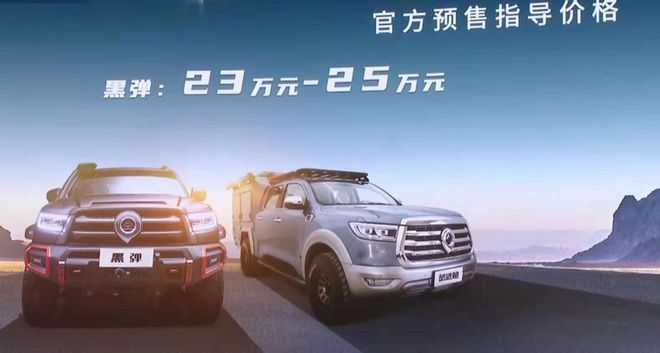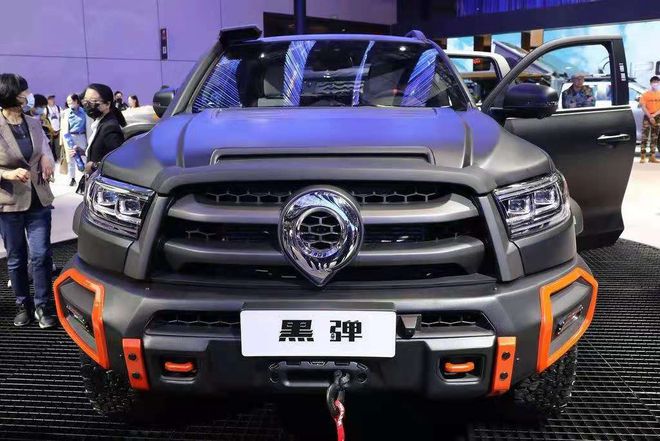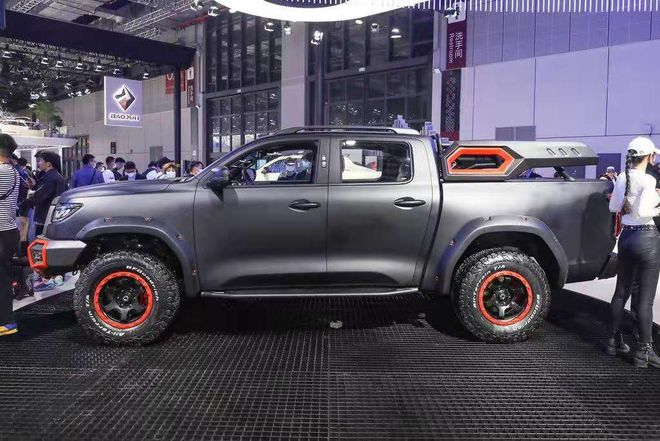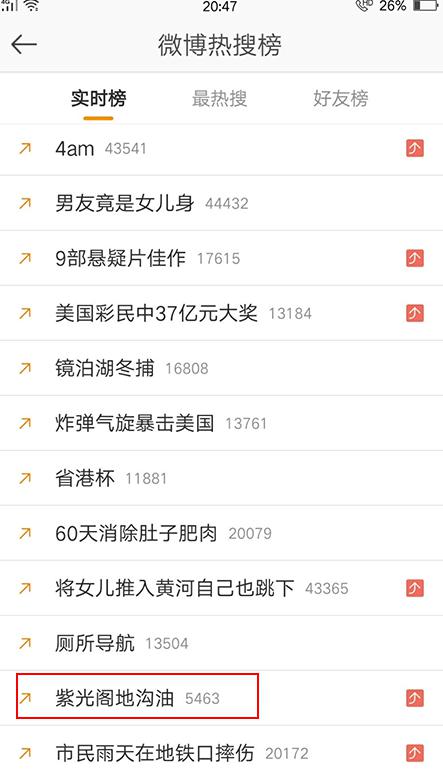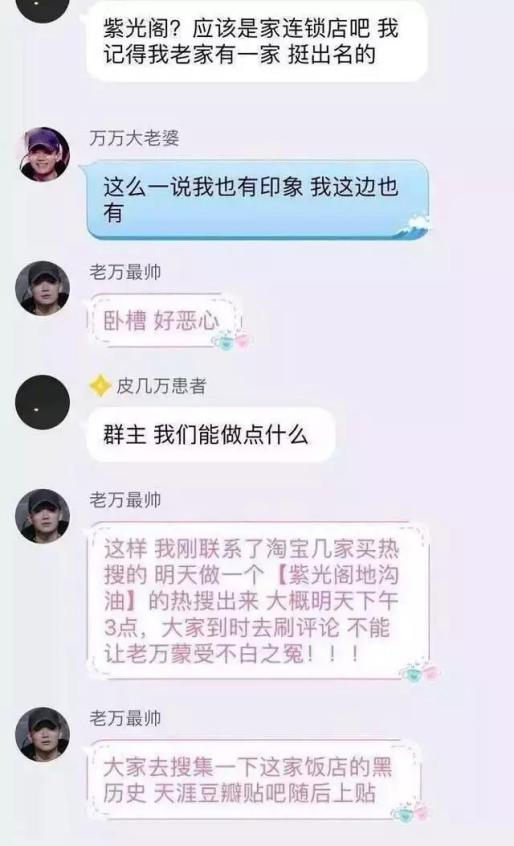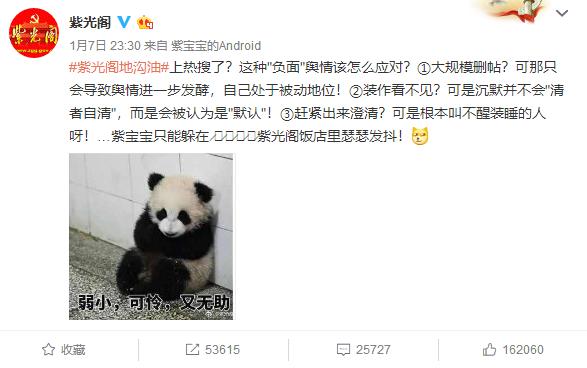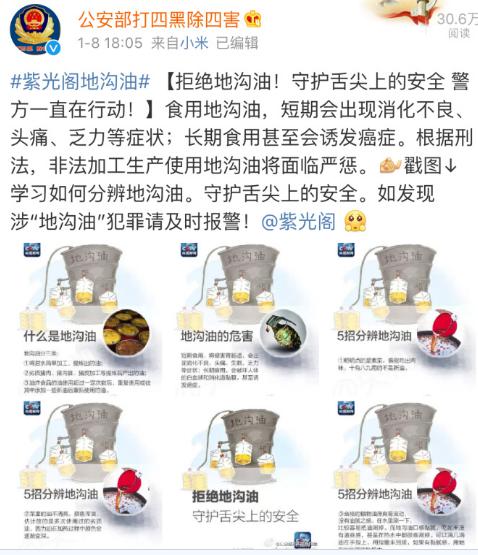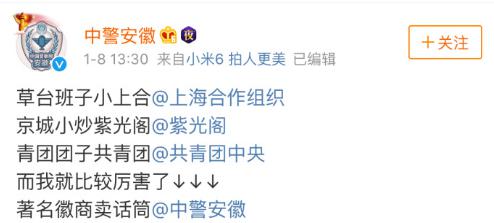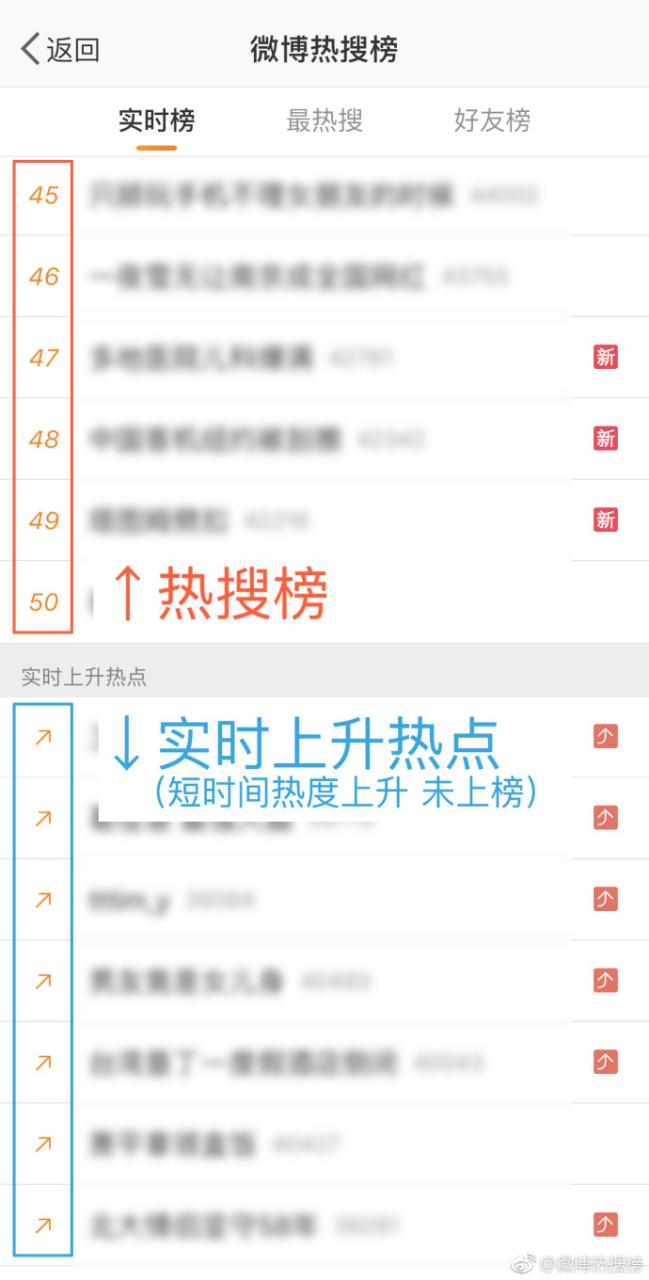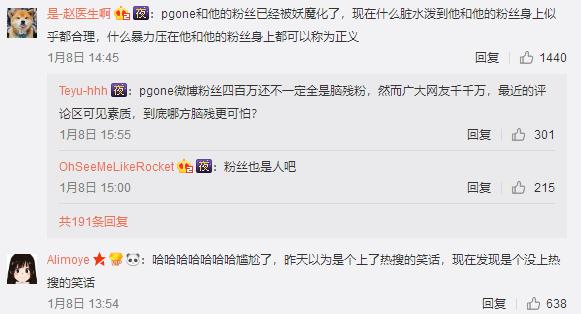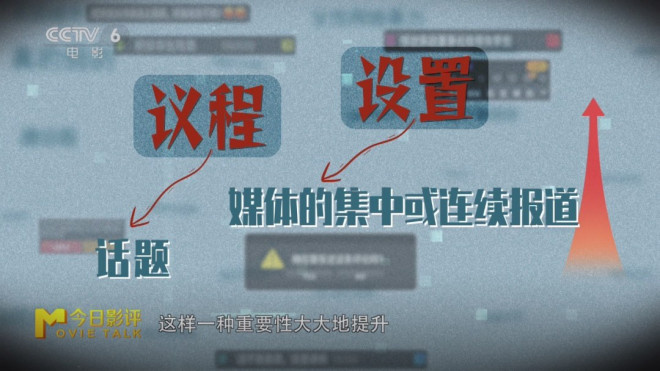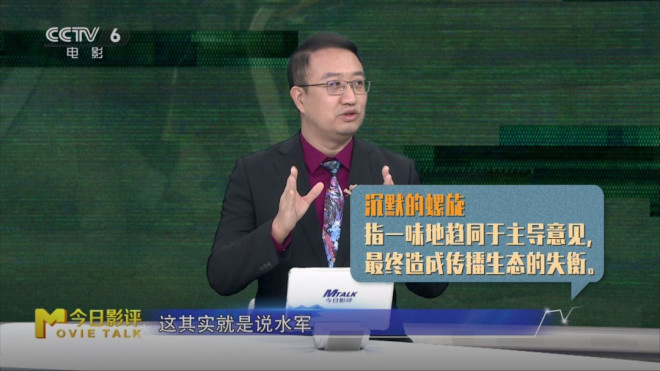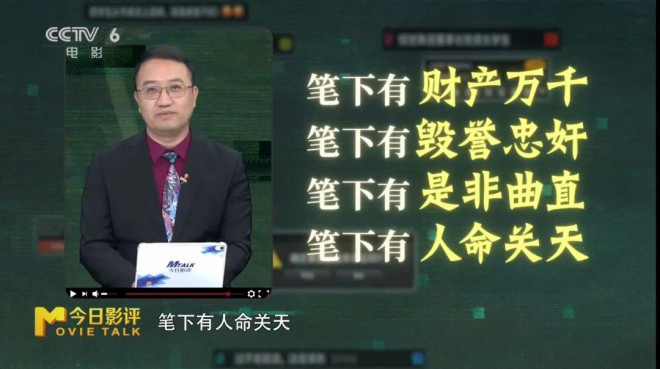In recent years, quinoa has been labeled as "slimming" and "healthy" and has become a popular food in online celebrity. In fact, not only the nutritional value, but also the economic and ecological benefits of quinoa are of extraordinary strategic significance in the long run.
Quinoa, which originated in the Andes of South America, has been settled in China for 35 years. Because of its excellent characteristics, many professionals think it has the "potential" to become a new staple food in the future.
Kambuzhaxi, a professor at Tibet Agriculture and Animal Husbandry College, has been engaged in plateau quinoa research for more than 30 years. He told the First Financial Reporter that quinoa is a "golden grain" specially recommended by FAO, and the only single plant can meet all the basic nutritional needs of the human body. It will play an important role in eliminating hunger, malnutrition and poverty. In addition, it has natural stress tolerance (saline-alkali resistance, drought resistance, low temperature resistance and barren resistance), and can be planted on a large number of marginal lands to alleviate the pressure of ecological damage caused by grain production increase. These advantages are enough to make policy makers look at it differently.
From introduction experiment to industrial planting
In 1985, Bolivia, located in South America, gave quinoa to China as a national gift. Therefore, China became one of the first countries in the world to introduce and grow quinoa from South America, and the first area in China was Xizang Autonomous Region.
Gombuzhaxi said that quinoa originated from Lake Titicaca in the Andes of South America, which is located on the Keao Plateau, with an altitude of more than 3,800 meters, close to that of the Qinghai-Tibet Plateau. The two places belong to the plateau climate, and the geographical environment is almost the same, with little rain and cool, which is suitable for the introduction of quinoa. "There are many barren soils in the Qinghai-Tibet Plateau, and quinoa is an ideal crop that can be widely promoted."
In 1987, Kampot Tashi came into contact with quinoa seeds and began to try to introduce quinoa. Subsequently, a small-scale trial planting in Tibet was successful.
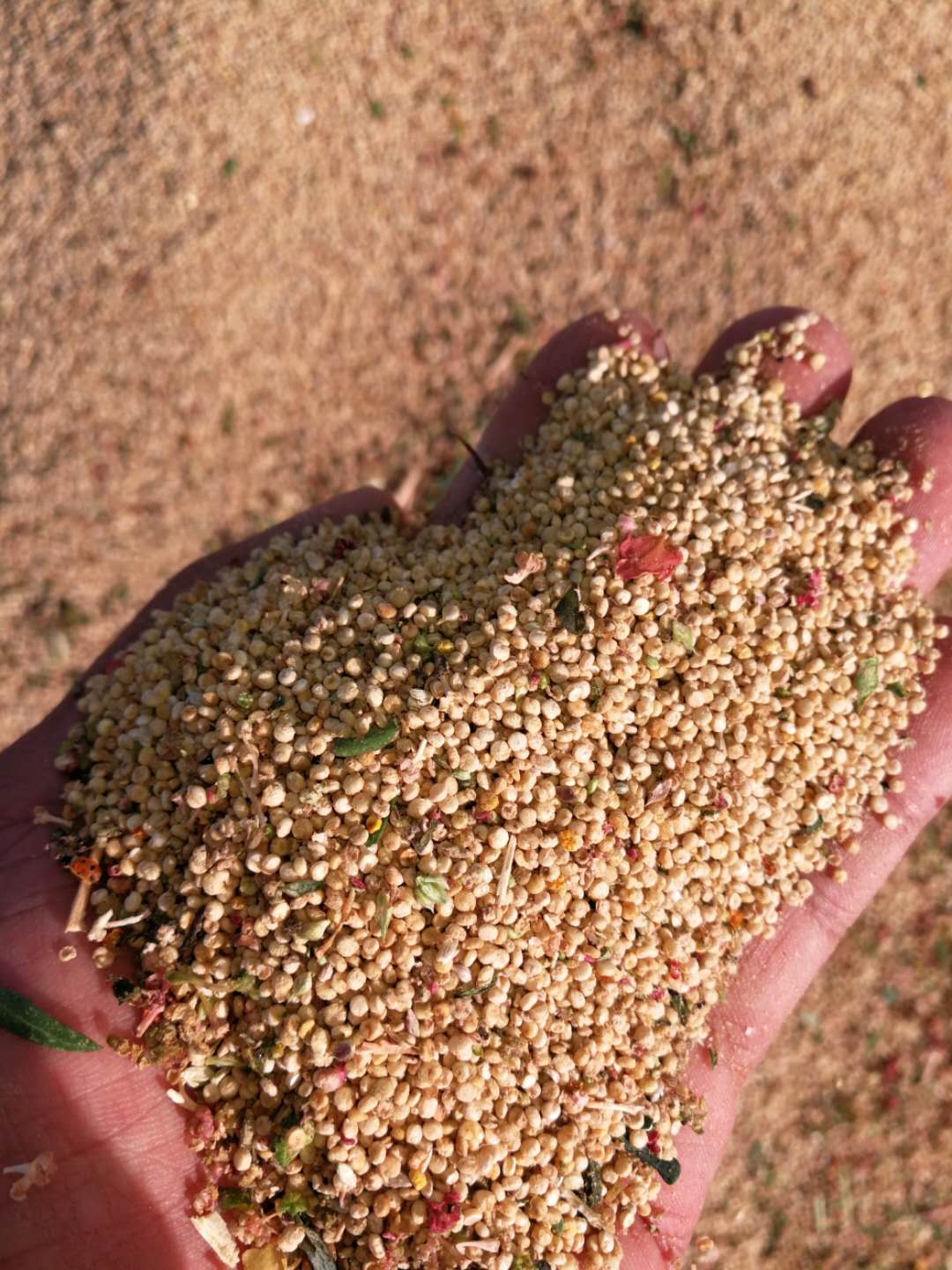
Before the industrial planting of quinoa, it was a silence for more than 10 years. Gombuzhaxi explained: "After the successful trial planting in Tibet, limited transportation conditions, low consumption level and insufficient understanding of quinoa are not enough to support the industrialization of quinoa."
However, during this period, Wu Xiangyun, whose WeChat name is "King of Quinoa" and who is called "Uncle Chenopodium", chose to try planting quinoa many times, and finally succeeded in breeding in Hengshan Mountain in Shanxi Province in 2010. Subsequently, he tried to plant quinoa in the village of Shupo Township, Jingle County, Shanxi Province, and achieved good results. Wu Xiangyun has thus become "the first person to plant quinoa industrially in China".
Wu Xiangyun said that his major and industry are all related to agriculture. In November 1993, he began to pay attention to quinoa under the influence of an article on the all-round research of quinoa by NASA. Later, he discovered that the world’s top 500 food companies, such as Nestle and General Mills, were all involved in the research and production of quinoa products. After many international visits and interviews with many quinoa experts, Wu Xiangyun strengthened his confidence in promoting the market-oriented cultivation of quinoa in China and established Shanxi Jiaqi Agricultural Science and Technology Co., Ltd.
Wu Xiangyun told the First Financial Reporter that the most crucial step in the industrialization of quinoa is to cultivate suitable varieties. From 2008 to 2011, their work was mainly carried out around selection, breeding and exploring planting techniques. After the successful trial planting, we began to try large-scale planting.
Due to the pioneering of quinoa industrial planting and the strong support and promotion of Jingle county government, in 2013, the total planting scale of quinoa in Jingle county was expanded to 10,000 mu. In the ranking of non-native planting area in the world, Jingle county ranked second only to the United States and became the third largest quinoa planting base in the world. In August of the same year, Jingle County was awarded the title of "Hometown of Quinoa in China" by the Flower and Food Professional Committee of China Food Industry Association.
More and more attention is paid to quinoa internationally, and it is regarded as "super food". In December 2011, the United Nations General Assembly passed a resolution to designate 2013 as the "International Year of Quinoa", aiming to draw the world’s attention to the role that the biodiversity and nutritional value of quinoa can play in providing food and nutritional security and eradicating poverty.
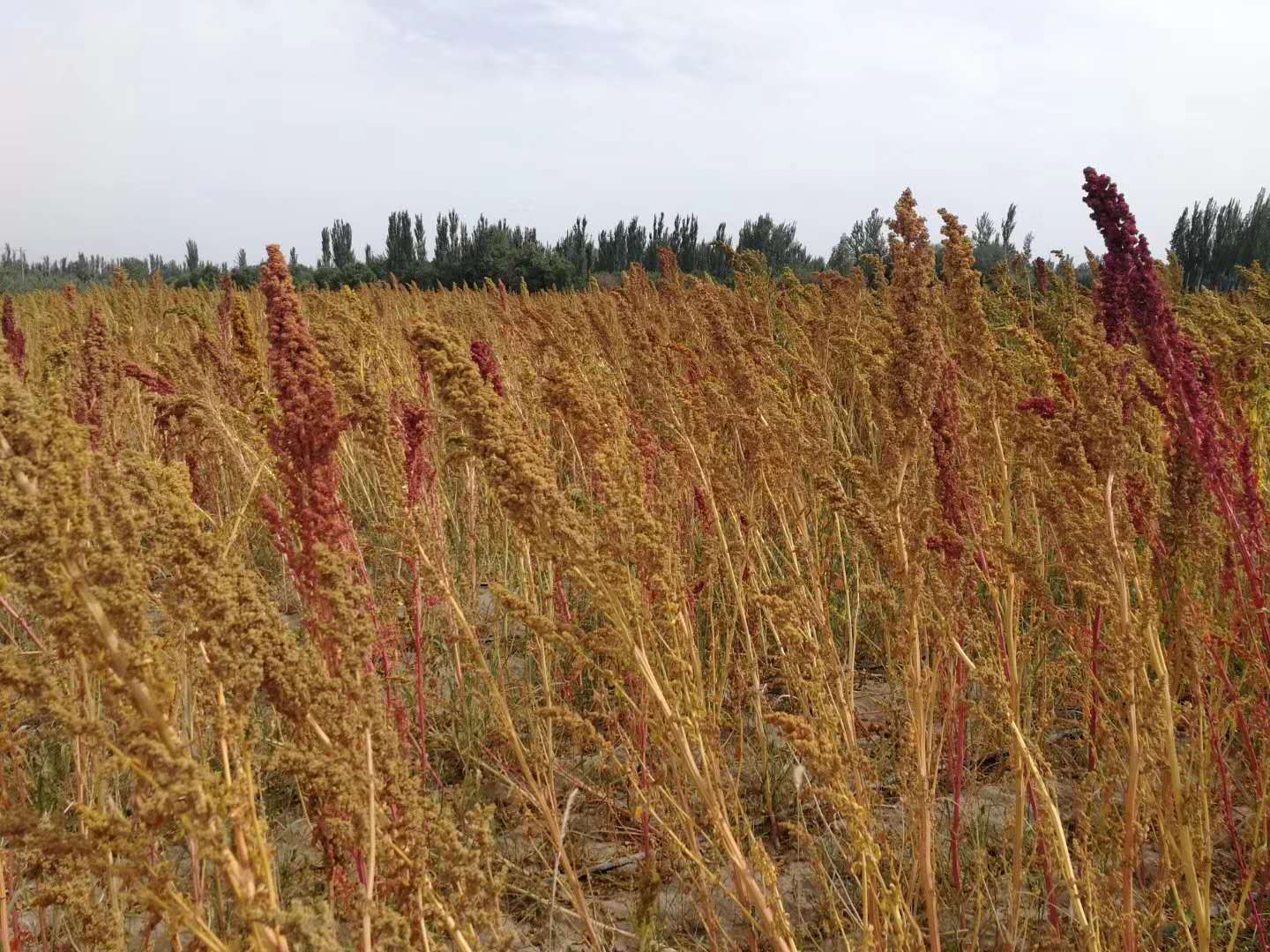
The development momentum of quinoa industry is getting stronger and stronger.
After the "International Year of Quinoa", quinoa has also attracted the attention of mainstream international scientists, and the basic biological research on quinoa has really begun. In China, the fans of quinoa have gradually increased, and the industrial development momentum has become more and more fierce. More than 20 provinces in China have carried out quinoa experiments and planting.
According to the statistics of Quinoa Professional Committee of China Crop Society, since 2013, the planting area of quinoa in China has increased at an average annual rate of more than 30%. At present, the total planting area of quinoa in China is about 200 thousand mu.
During the trial planting in these years, quinoa has also successfully moved from high altitude to plain. Due to the great improvement of growth conditions, some quinoa varieties with active growth can realize double cropping and continuous cropping in one year.
From March to November, 2019, Shanghai Plant Stress Biology Research Center of China Academy of Sciences carried out the introduction, demonstration planting and variety selection of quinoa in Kashgar, Xinjiang, which successfully realized the planting of quinoa in the arid Gobi desert at low altitude for the first time, and also realized it twice a year in China for the first time. Through spring sowing and summer sowing, the yield per mu was nearly 1,000 kg.
At the same time, the market demand of quinoa is strong, which also greatly promotes the production and processing of quinoa. In July 2015, the former State Grain Bureau issued the first quality standard of quinoa rice in China, LS/T 3245-2015, which can provide quality control basis for the production of quinoa rice and help to promote the orderly development of processed ingredients of quinoa rice.
In addition, the application prospect of quinoa in China is not only edible, but also used for industrial development, such as lipstick, shampoo, body lotion and other cosmetic raw materials. The saponins in quinoa have a wide range of pharmacological and biological activities, which can be used as natural sweeteners, flavor enhancers and antioxidants, and will also play an important role in agriculture, medicine and other fields.
In order to meet the domestic market demand, China has also liberalized the import of quinoa from the country of origin. On July 16, 2019, the General Administration of Customs issued Announcement No.120 of 2019 — — Announcement on Inspection and Quarantine Requirements for Imported Quinoa from Peru. Since the date of the announcement, it is allowed to import quinoa grains (including peeled quinoa seeds, quinoa powder and quinoa cereal) grown and processed in Peru.
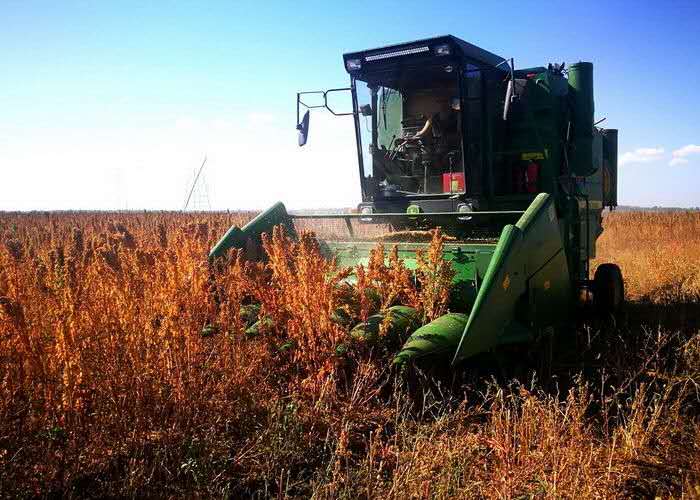
Significance of quinoa in the context of food security
In recent years, quinoa has been highly praised for its "health" and "weight loss". Under the impact of new media propaganda, Ren Changyan, general manager of Shanghai Minlong Industrial Co., Ltd. (hereinafter referred to as "Minlong Industry") also came into contact with quinoa.
Although it is only in the last two or three years, Ren Changyan found that this industry has developed rapidly. Based on her keen intuition in the food processing industry for many years, she believes that there should be great room for future development of quinoa. As Minlong Industry actively responded to the call for aid to Xinjiang in 2010 and participated in Shanghai’s counterpart aid to Xinjiang, it was the first batch of Shanghai enterprises to help Xinjiang settle in Kashgar. When the quinoa project was demonstrated and planted in Kashgar in 2019, Ren Changyan became interested.
She said that as a Shanghai enterprise that has invested in Kashgar for 10 years, Minlong Industry has the ability and is willing to do a good job in deep processing of quinoa. At present, enterprises are developing new quinoa products such as light meal powder and energy bar.
The motivation for food enterprises to actively participate in the field of deep processing stems from the characteristics of quinoa itself and the market value of quinoa products. Quinoa seed can meet the basic nutritional needs of adults, and has a long-term and significant effect on improving the nutritional and health status of the population in poor areas. It is also a good food source for the elderly, diabetics, fitness and gluten-sensitive people. However, because the global output of quinoa is far from meeting the demand, the price of raw grain of quinoa is more than 10 times that of wheat in the current international market.
The selection of the above-mentioned quinoa project for trial planting in Kashgar is of great strategic significance for ensuring national food security and ecological security.
Zhu Jiankang, director of Shanghai Plant Stress Biology Research Center of China Academy of Sciences and academician of American Academy of Sciences, said in an exclusive interview with CBN reporter that quinoa contains high protein and balanced nutrition, which is comparable to meat, eggs and milk in terms of protein content and quality. If people can ingest more protein from quinoa crops, the demand for meat, eggs and milk will be reduced accordingly, thus slowing down the import of foreign soybeans and soybean meal, and the path of transforming protein through aquaculture is obviously inefficient. From the point of view of providing protein, although quinoa is only a special minority crop at present, the domestic planting area is less than 200,000 mu, but from the perspective of its development momentum, it still has great potential.
He said: "I believe quinoa will become a new staple food variety in the future, but at present, there is still a long way to go." Moreover, for the two kinds of rations, wheat and rice, the people have formed corresponding eating habits for many years and have certain dependence. Quinoa will not completely replace a staple food, but only partially. "
Zhang Hui, a part-time researcher at the Shanghai Plant Stress Biology Research Center of China Academy of Sciences, told the First Financial Reporter that quinoa has remarkable stress tolerance, so it can cultivate suitable varieties in saline-alkali land and arid and semi-arid areas, and then use a lot of marginal land for planting, which is equivalent to increasing the available arable land in disguise. At the same time, planting Chenopodium album saves a lot of fresh water resources, which is very rare for arid areas in northwest China. From the point of view of developing animal husbandry, the whole plant of quinoa has high protein content and good quality. As dry feed or silage, the effect of promoting milk production of cattle and sheep is not lower than other high-quality forage. If quinoa can be successfully introduced, its significance to food security will be limitless.
At present, there are still bottlenecks in the industrialization of quinoa in China. For example, due to low output, prices remain high; In the process of planting, there is no herbicide available, so manual weeding is needed, which greatly increases the planting cost, and there is also a seasonal shortage of manpower. The supporting machinery needed for planting has not been well solved.
But Wu Xiangyun also said that breeding is actually the fundamental way to solve these problems, especially resistance, yield and herbicide tolerance, which can be solved through breeding.
